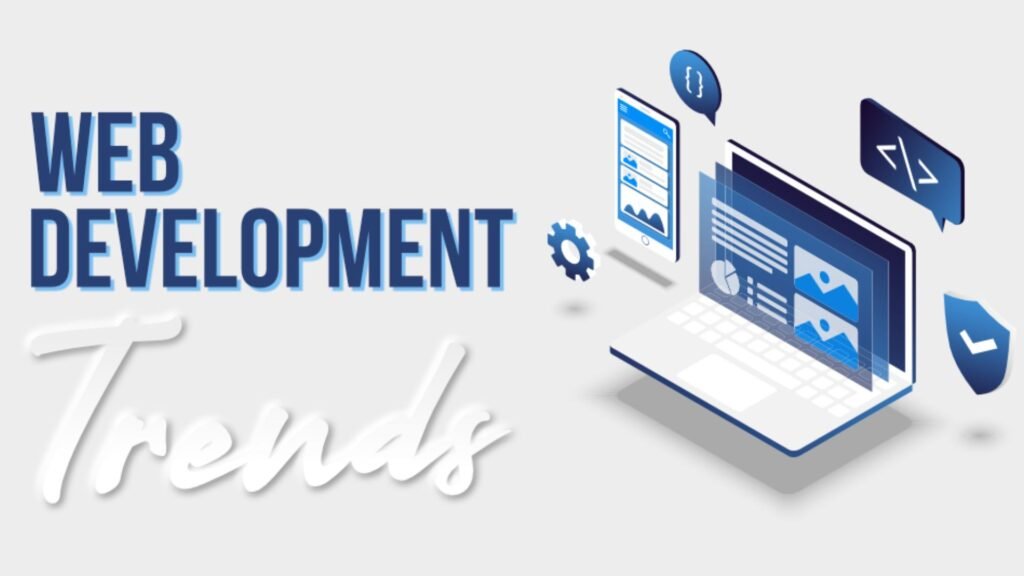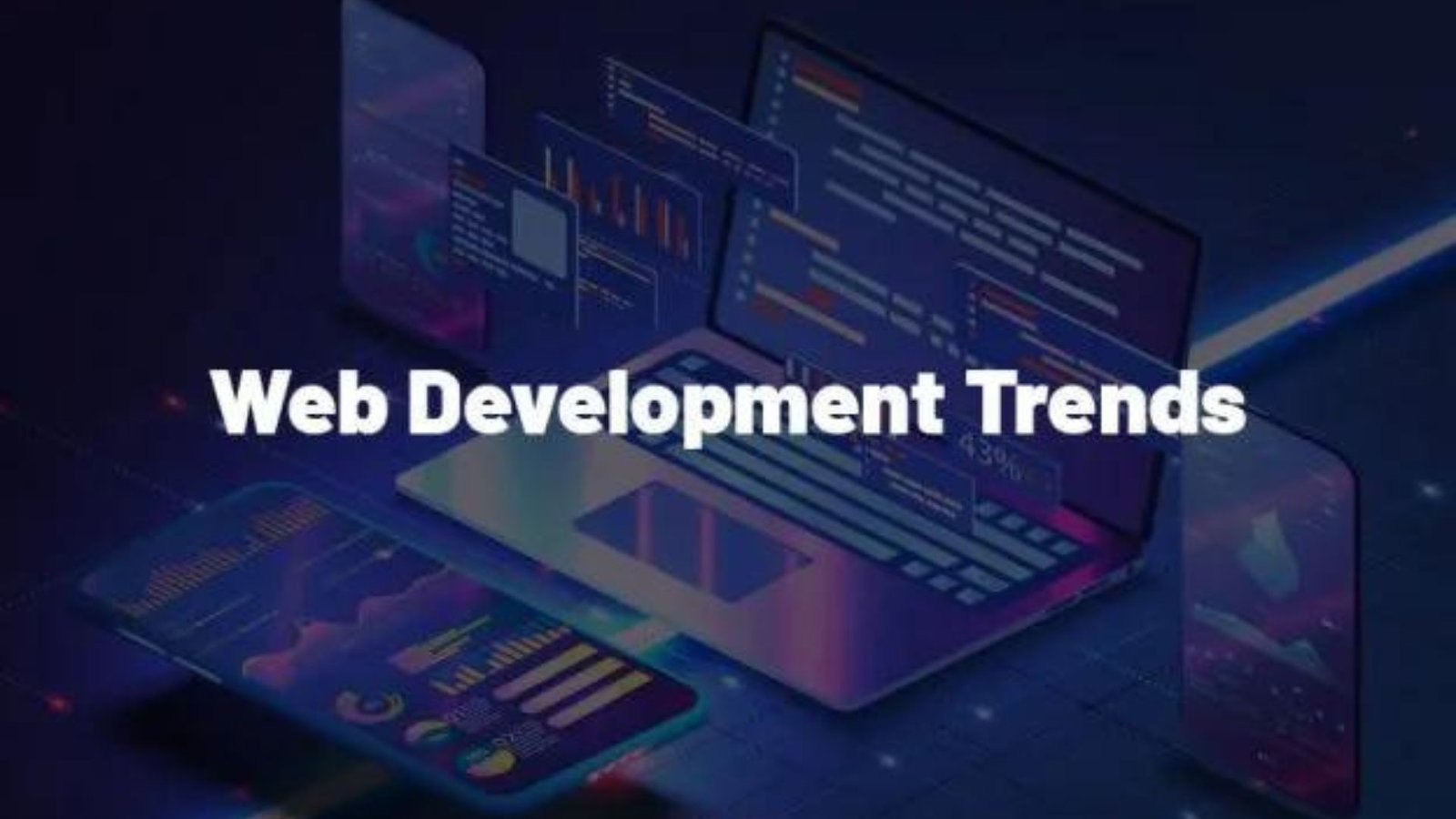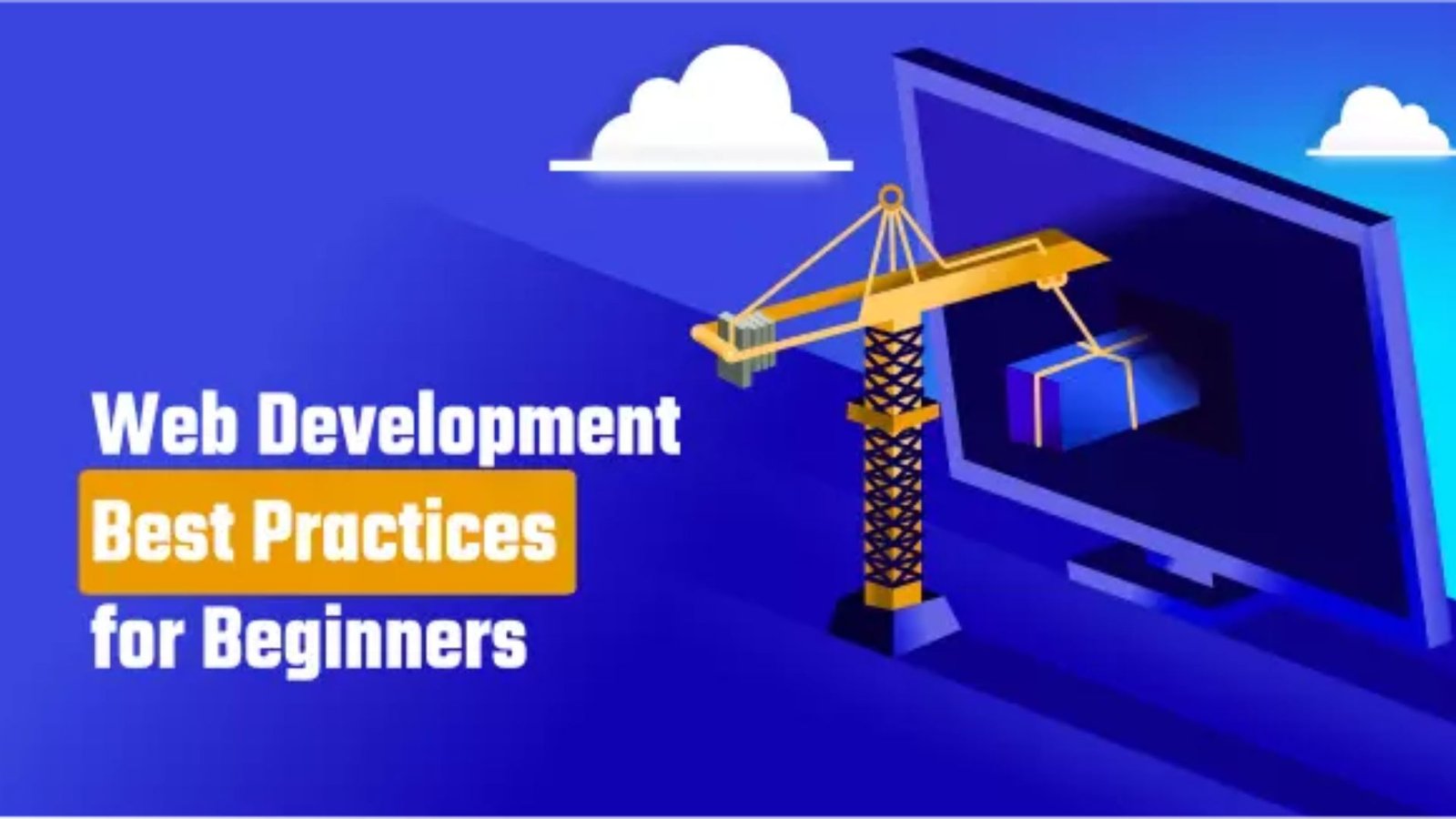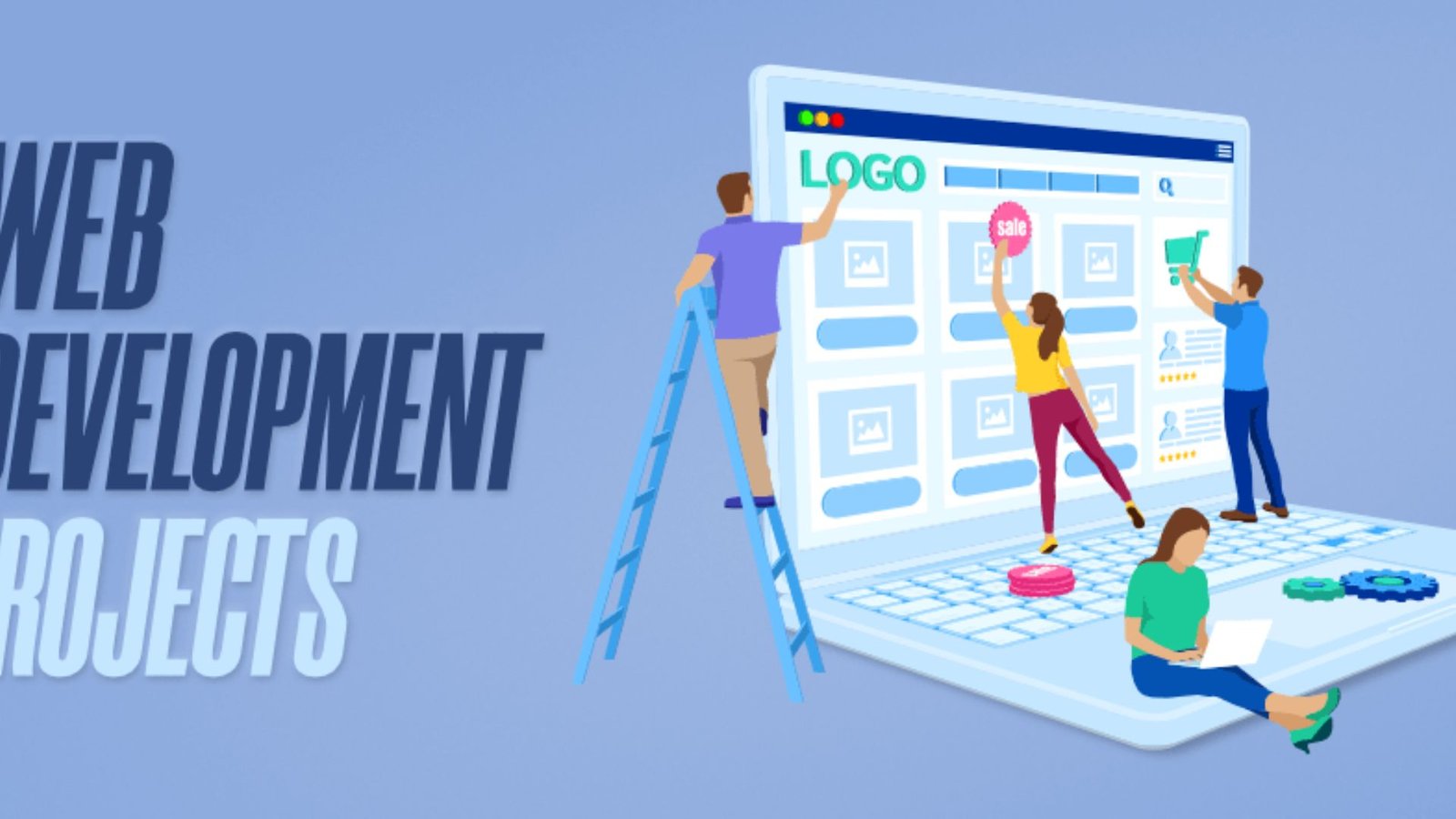Web development is a dynamic field, constantly evolving with new technologies and methodologies. As we navigate through 2024, several key trends are shaping how websites are built and experienced. Staying ahead of these trends can help developers create more effective, user-friendly, and innovative web solutions. Here’s a look at the top trends shaping web development today.

1. AI and Machine Learning Integration
Enhanced User Experience
Artificial Intelligence (AI) and Machine Learning (ML) are transforming web development by enabling more personalized and intelligent user experiences. From chatbots that provide instant customer support to recommendation engines that suggest products based on user behavior, AI and ML are making websites smarter. Developers are integrating these technologies to enhance user interaction, automate processes, and provide predictive insights.
Improved Analytics
AI-powered analytics tools offer deeper insights into user behavior and website performance. By analyzing vast amounts of data, these tools help developers understand user patterns, optimize content, and improve overall site functionality. Machine learning algorithms can also identify and predict trends, allowing for more strategic decision-making.
2. Progressive Web Apps (PWAs)
Offline Capabilities
Progressive Web Apps (PWAs) combine the best features of web and mobile applications. They offer offline capabilities, push notifications, and fast loading times, providing a more app-like experience on the web. PWAs enhance user engagement by ensuring that content is accessible even when the user is not connected to the internet.
App-Like Experiences
PWAs are designed to deliver a seamless app-like experience, including smooth transitions and interactive features. This approach helps bridge the gap between traditional websites and mobile applications, making PWAs a popular choice for businesses looking to improve user experience and performance.
3. Serverless Architecture
Simplified Backend Management
Serverless architecture is gaining traction as it allows developers to build and run applications without managing servers. By leveraging cloud providers’ infrastructure, developers can focus on writing code and deploying applications while the cloud service handles scaling and maintenance. This approach simplifies backend management, reduces costs, and accelerates development processes.
Scalability and Flexibility
Serverless computing offers scalable and flexible solutions, adapting to varying workloads without the need for manual intervention. This scalability ensures that applications can handle traffic spikes and fluctuating demand efficiently, making it ideal for modern web applications.
4. Jamstack Architecture
Decoupled Frontend and Backend
Jamstack (JavaScript, APIs, and Markup) is an architecture that separates the frontend from the backend. By using APIs to handle dynamic content and serverless functions for backend processes, Jamstack enables faster and more secure web applications. This decoupling approach improves performance and flexibility while reducing the complexity of development.
Enhanced Security
Jamstack architecture enhances security by minimizing server-side vulnerabilities. Since the frontend and backend are decoupled, there is a reduced risk of exposing sensitive data or encountering security breaches. This approach also simplifies updates and maintenance, making it easier to manage web applications.
5. Responsive Design and Mobile-First Approach
Adaptive Layouts
Responsive design ensures that websites adapt to various screen sizes and devices, providing a consistent user experience across all platforms. Mobile-first design emphasizes designing for smaller screens first and then scaling up for larger devices. This approach is crucial as mobile traffic continues to dominate, making it essential to prioritize mobile usability.
Improved User Experience
By implementing responsive and mobile-first design principles, developers create websites that offer a smooth and intuitive experience on smartphones, tablets, and desktops. This adaptability improves user satisfaction and engagement, contributing to better overall site performance.
6. Voice Search Optimization
Growing Voice Technology
Voice search technology is becoming increasingly popular with the rise of smart speakers and voice assistants. Optimizing websites for voice search involves adjusting content to align with natural language queries and focusing on conversational keywords. This optimization helps improve visibility and accessibility for users who prefer voice interactions.
Enhanced Accessibility
Voice search also enhances accessibility by providing an alternative way for users to interact with websites. Implementing voice search optimization ensures that websites are inclusive and accessible to a broader audience, including those with disabilities or limitations.
7. WebAssembly (Wasm)
High-Performance Execution
WebAssembly (Wasm) allows developers to run high-performance code in the browser, providing near-native execution speeds. By compiling code written in languages like C, C++, and Rust into a binary format, WebAssembly enables complex applications, such as games and data-intensive tools, to run efficiently on the web.
Expanded Capabilities
WebAssembly expands the capabilities of web applications, enabling new functionalities and improving performance. As WebAssembly continues to evolve, its integration into web development will become more widespread, offering developers new opportunities for creating advanced web applications.
8. Cybersecurity Enhancements
Increased Focus on Security
With the rise in cyber threats and data breaches, cybersecurity remains a top priority in web development. Developers are implementing advanced security measures, such as encryption, secure authentication, and regular security audits, to protect websites and user data. Ensuring robust security practices is essential for maintaining trust and safeguarding sensitive information.
Automated Security Tools
Automated security tools are becoming more prevalent, helping developers identify and address vulnerabilities in real time. These tools provide continuous monitoring and alerts, allowing for prompt responses to potential threats and ensuring ongoing protection for web applications.
9. Low-Code and No-Code Development
Simplified Development
Low-code and no-code platforms are transforming how web applications are built by enabling users to create applications with minimal coding. These platforms use visual interfaces and pre-built components, making it easier for non-developers to participate in the development process. Low-code and no-code solutions accelerate development and allow for rapid prototyping and deployment.
Increased Collaboration
Low-code and no-code tools promote collaboration between developers and non-technical stakeholders. By simplifying the development process, these platforms enable teams to work together more effectively and bring ideas to fruition faster.
Conclusion
The future of web development is shaped by a variety of emerging trends and technologies, including AI and machine learning, Progressive Web Apps (PWAs), serverless architecture, and Jamstack. Other significant trends include responsive design, voice search optimization, WebAssembly, cybersecurity enhancements, and low-code/no-code development. Embracing these trends will help developers create innovative, high-performing web applications that meet the evolving needs of users and businesses. Staying informed about these developments and integrating them into your web development strategy will ensure that your projects remain at the forefront of industry advancements.




